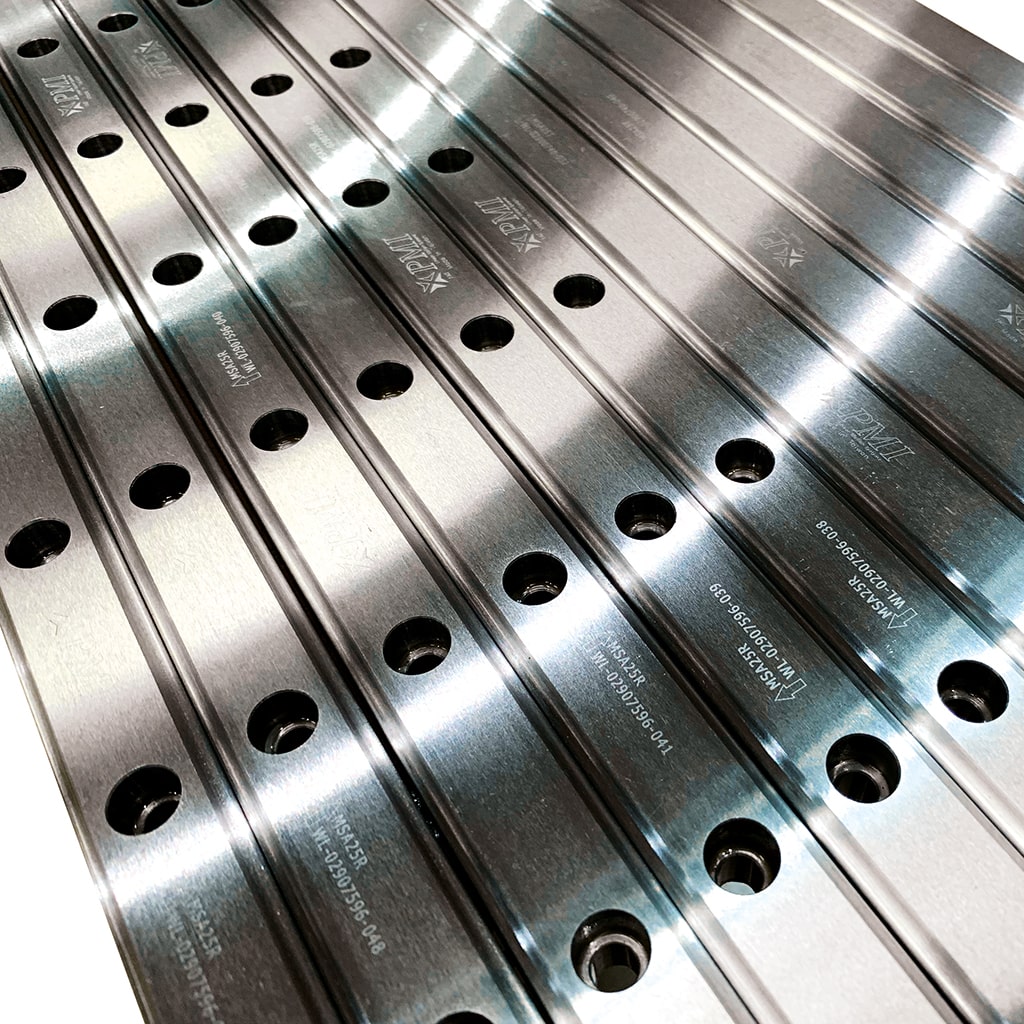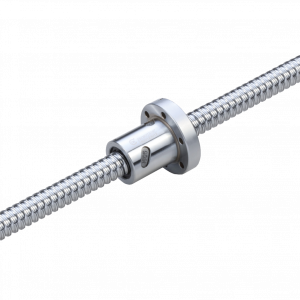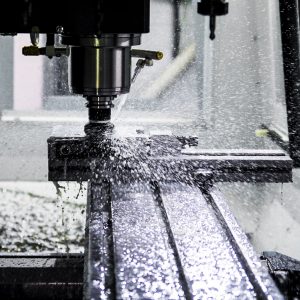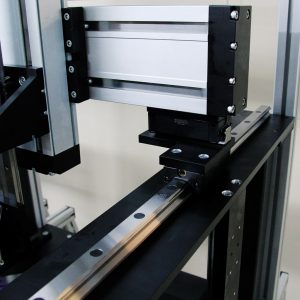Top 5 mistakes to avoid when choosing a linear rail
Linear automation systems are designed to be efficient and cost effective. Ensuring that linear rails and guides are specified and set up correctly is a critical part of facilitating the best output levels and reducing undesirable negatives such as friction, noise and reduced performance. We’ve outlined below some of the ways in which you can avoid costly mistakes and ensure that you get the best from your linear automation set-up; next time you’re choosing a linear rail, make sure you avoid these common errors:
Failing to consider the effect of materials on lead time and costs
Linear rails are usually made from high-strength galvanised steel, stainless steel or aluminium. Aluminium has excellent corrosive resistance, is not magnetic and can be significantly lighter than the steel options, however, the cost can be substantially higher. If your application requires higher load capabilities, weight is not an issue and lower corrosion resistance is not a concern then galvanised steel would be a more cost-effective solution. In terms of raw material costs, aluminium is between 2 and 3 times more expensive than steel, however it is easier to shape and handle with around just 33% of the density of steel. Once manufacturing, assembly and finishes are included aluminium parts are around 30-50% costlier than similarly sized steel ones, although aluminium requires less work and no finishes due to its superior properties. Not only do the basic materials impact the cost and lead time of linear guides, but coatings and plating also add cost. This means that what might seem on first glance to be a cheaper material option may not be quite that straightforward once additional processes are considered, also adding substantial processing time to the manufacture of your linear rail.
Failure to test a full run
Once assembled, linear automation systems such as linear guides must be tested across the full run
of travel to ensure parallelism across the linear rails themselves. From one end to the other, the
push force should show consistency to within 20%; if there is an increase in force it may be that the
linear rails need realignment. Without the correct level of alignment for the linear guide, it may lead
to friction, deflection and noisy operation not to mention a potential safety issue.
Not specifying preload correctly
Preload is the elimination of internal clearance between the linear rail and carriage. This makes the system more rigid by creating a load on the linear guide, which reduces deflection when an external force is applied. When specified accurately, preload reduces noise, vibration, heat generation and deflection. However, if the preload is not properly calculated or the mounting surfaces are not of a high enough precision to match that of the linear guide, attempting to apply preload can lead to friction and reduce the overall performance of the linear automation system.
Failing to remember mounting features
The purpose of mounting features such as shoulders or alignment pins is to support the linear rails to ensure that they perform to their specification. Whilst linear rails are supplied straight, providing them with a stable support structure ensures that they remain both straight and parallel. Mounting features are specified by manufacturers to very precise dimensions, and these should be included as part of the linear automation system design from the outset.
Not taking tolerance into account
The goal of linear rails is to guide motion in a way that produces the least amount of friction between the carriage and the rails. If the rails or the bearings/balls of the carriage are not within the correct physical specifications then friction or failure can occur. Ultimately this could result in heat, noise or damage to the parts. For linear rail specifications, tolerances much be accounted for in both the flatness of the mounting surface to which the rail is mounted and also how parallel the linear rails are to one another; any friction seen during operation is likely due to rail misalignment or incorrectly specified mounting tolerances.
If you would like guidance on ensuring that your linear rails are specified correctly and are of the right configuration for your intended linear automation output, get in touch with the experts in linear guides; our team at Matara would be happy to support you. Call us on 01684 850000 or email sales@matarauk.co.uk.




